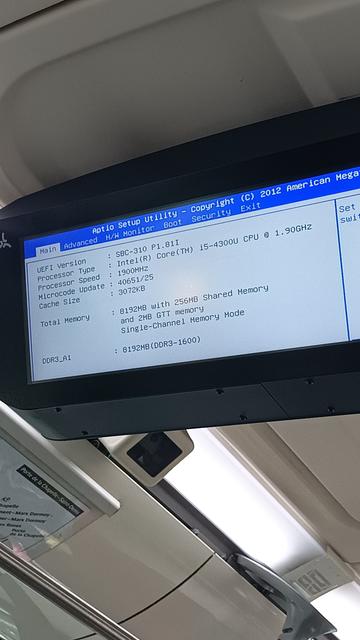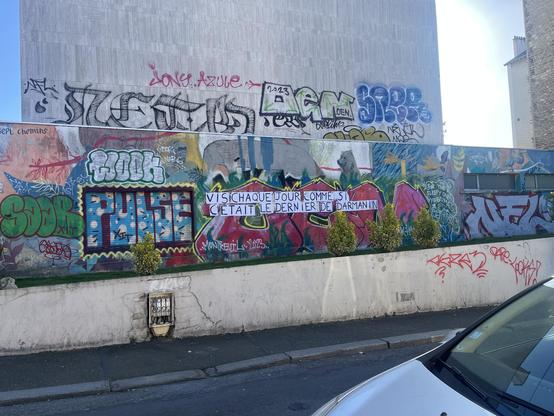CS Student @ ENS Paris
Formal methods, systems and security enthusiast
Interested in #sustainable and #inclusive #design, #lowtech | NixOS user
I may talk about various #computerscience related topics as well as #diy stuff. Occasionally, I share some #showerthoughts
Recently got into hacking stage lighting to light up my place in beautiful colors
Une vraie belle mesure sociale et écolo !
https://www.eaudugrandlyon.com/mon-eau/prix-eau/tarification-solidaire-et-environnementale-particuliers/
Some things are too fragile for me to handle, I'm afraid.
Days since I last messed up my Nextcloud instance: 0
Well, looks like all I had to do is switch to OpenCV's `AffineStitcher` (instead of `Stitcher`) and tweak some parameters \o/
I'm not very knowledgeable in computer graphics, is there a way I can automagically stitch my images without having them distorted?
Does someone know about automatic stitching of microscope photos?
I've tried using Xpano and opencv's Stitching module but they assume a sort of spherical/fisheye/mercator/etc. projection, which is noit my case, i'ts all planar. Because of that, the stitched image is weidrly distorted.
J'ai créé un bot à la gloire de l'inutilité et du lol d'autodérision grâce à https://cheapbotstootsweet.com/ (donc grâce à @terrylaire , je n'aurais jamais trouvé ça seule! merci beaucoup!)
Vous pouvez le suivre ici: https://mastodon.social/@genetitre
Il génère des titres de communications scientifiques, soit un peu n'importe quoi, soit si général que n'importe qui peut les reprendre à son compte.
Parodie et autodérision #ESR comme mots d'ordre, orientation plutôt #SHS, mais n'hésitez pas à contribuer en envoyant vos plus beaux titres bateau, quelle que soit la discipline.
You know what? Fuck you
*Makes own PIS on your train*
photography is just amateur radio for the 500nm band
posting from the file system lol
Évaluations HCERES : la pensée tableur en action pour imposer l’approche par compétences dans les formations ?
Via le SNESup-FSU Université de Lille
https://fsu.univ-lille.fr/spip.php?article301
Sooo... Preliminary result: this issue of my university's student-led newspaper was printed using an HP printer. And we came to this conclusion using nothing but tracking data hidden on the paper!
Zooming in into block A, we can decode it into 3-0-2-1 (top to bottom, indices from right to left, according to the paper)
Another clue we're onto something: the paper states blocks A and B (upper left and right) hold the same data, assumed by experimental correlation to correspond to a manufacturer-unique code.
I got recommended to have a look at https://dl.acm.org/doi/10.1145/3206004.3206019
Looks like what is described in the paper as "pattern 2" pretty much matches the structure I got from sample #1!
- large red rectangle: (upper part of) pattern unit
- dots in orange: marking points
- green lines: parity bits
- pink lines: data bits
- black rectangles: empty zones
After I got the images under UV light, I started the tedious work of highlighting the points (will automatize this at some point)



